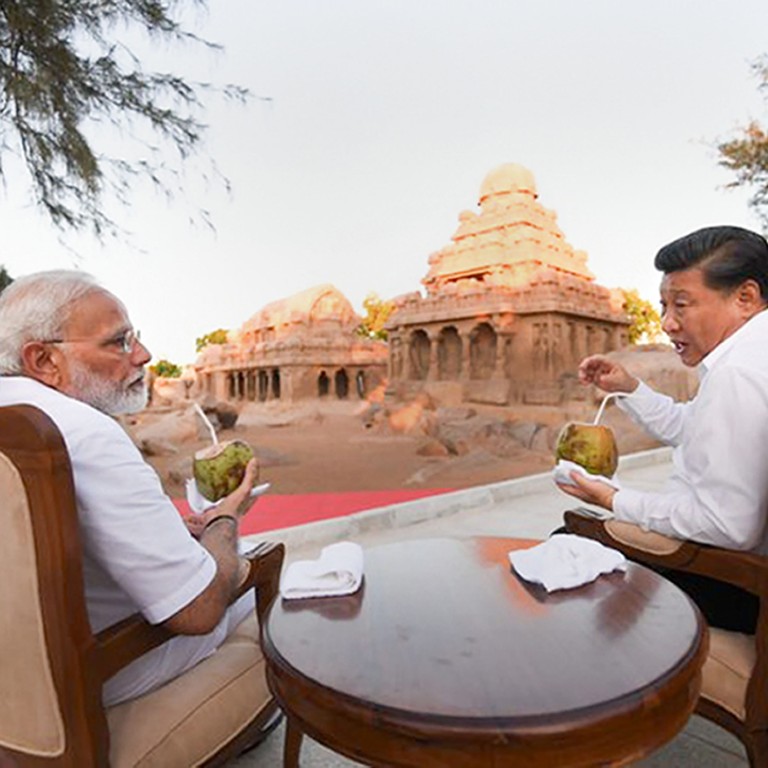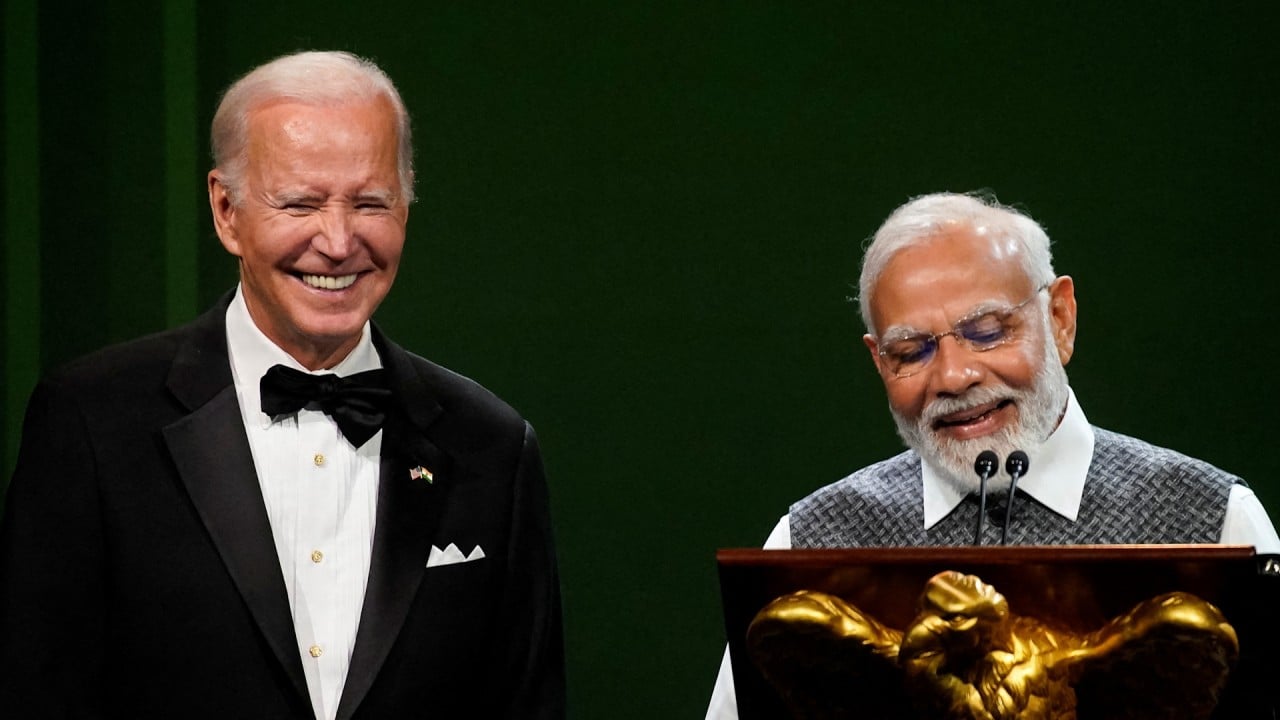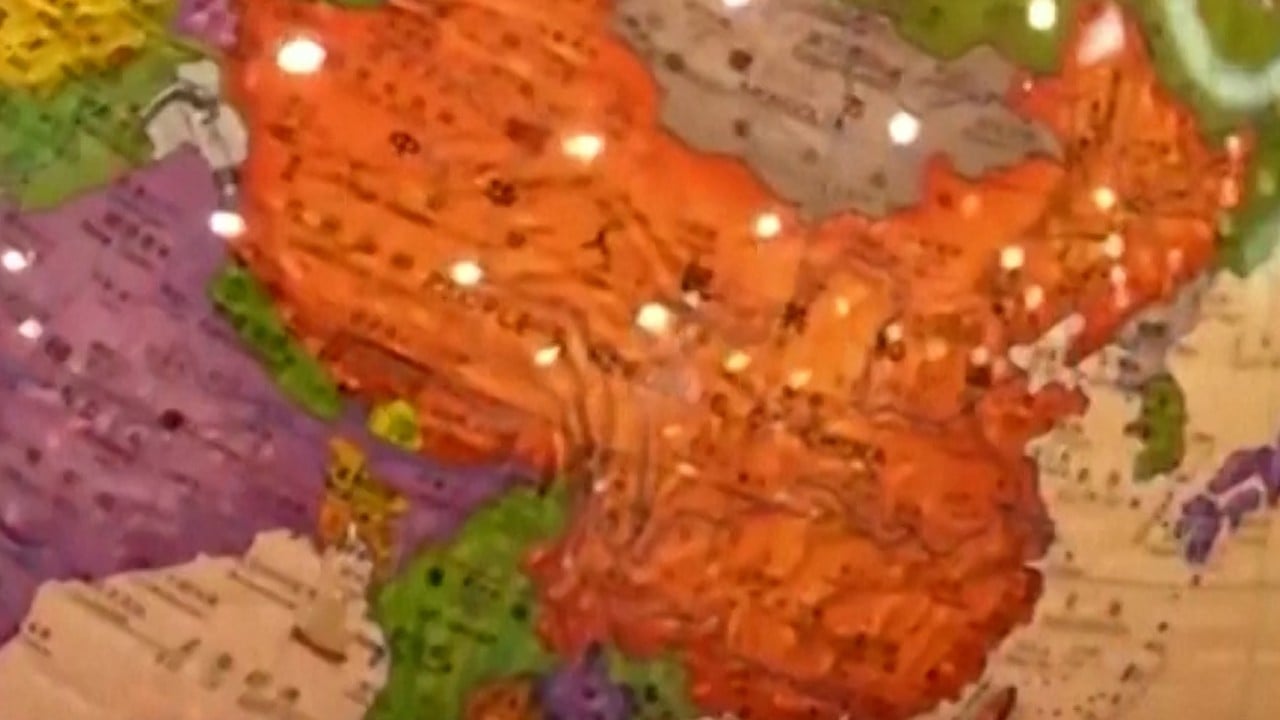
How Modi 3.0 could steer India-China relations
- A coalition government and closer ties with the West suggest a more cautious approach. Will Modi choose greater rivalry or cooperation with China?
India’s latest election marked a resurgence of democracy, as voters pushed back against concentrated power and the ethno-nationalist sentiments in the ruling Bharatiya Janata Party. This shift may force Prime Minister Narendra Modi to reconsider his hardline policies and opt for more cautious approaches. Implemented wisely, such changes could bolster India’s international standing.
But a rising India under Modi has also seen its relationship with neighbouring China enter a complex phase. Both vast and competitive economies, they are facing hurdles in building their friendship and, increasingly, security concerns are outweighing economic considerations.
India’s deepening alliance with the United States, characterised by President Joe Biden as “the defining partnership of the 21st century”, reflects their shared interests in managing China’s influence despite the historical mistrust.
This also positions India with Europe’s aspirations for global influence, potentially reshaping New Delhi’s multi-alignment strategy.
Amid tensions, India’s political landscape is changing. Coalition governance and a stronger opposition may prompt more pragmatic policies but business demands also drive this shift.
Sino-Indian tensions are estimated to have cost India’s electronics manufacturers US$15 billion in production losses, with 100,000 job losses over the past four years. They are calling for more flexible trade policies and visa relaxations for skilled Chinese workers.
This evolving setting could steer the Sino-Indian relationship in two directions: continued rivalry and strategic competition amid closer India-West coalitions, or increased collaboration and mutual understanding with China.
New policies may find space for Sino-Indian joint ventures and return the Line of Actual Control to the pre-2020 status quo. Concessions from both sides would provide stability and predictability.
By clearly categorising areas of cooperation and contention, both countries can manage enduring disputes constructively while capitalising on shared opportunities, ultimately nurturing a more harmonious and strategic partnership.
India’s post-election period should catalyse a shift in domestic and international policies as it gradually assumes the role of a global power. This requires India to embrace a nuanced foreign policy strategy and enhance its diplomatic engagements with both China and the West to bolster its influence and stability.
While competition will persist, the two rising Asian powers have the opportunity to be less confrontational, revitalise their collaborative spirit, reshape regional dynamics and promote global cooperation.
Sagina Walyat is an India-based constitutional lawyer and AsiaGlobal Fellow at the University of Hong Kong
Sebastian Contin Trillo-Figueroa is a geopolitics analyst with a specialisation in EU-Asia relations

.jpg?itok=T4p1uz8K&v=1718870707)


